BARBIE BABA MONSTER HIGH LAP OLDAL GYÜJTŐKNEK !!!
Sziasztok!!! Üdvözlök mindenkit honlapomon!Azért hoztam ezt a lapot létre ,hogy legyen egy oldal ahol a Barbie babákat kedvelők kedvükre böngészhetnek és gyönörködjenek ezekben a csodálatos babákban..:)Célom az hogy minnél több képet találjunk róluk.
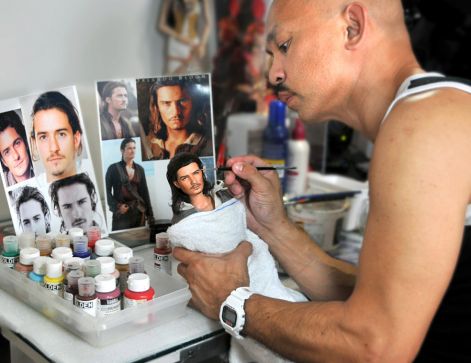
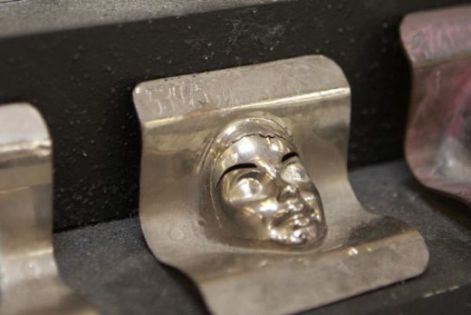

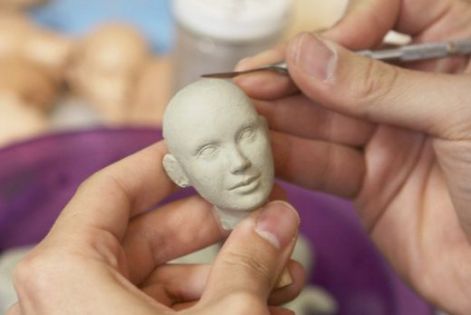

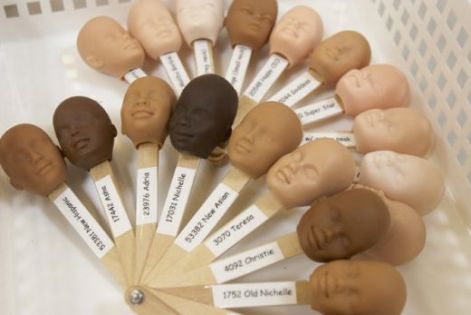


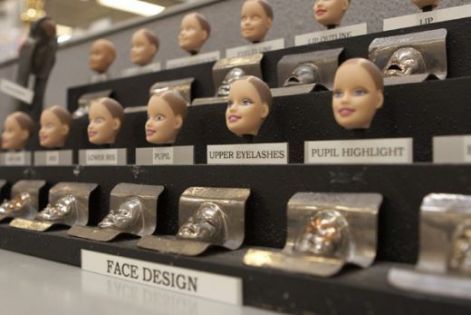
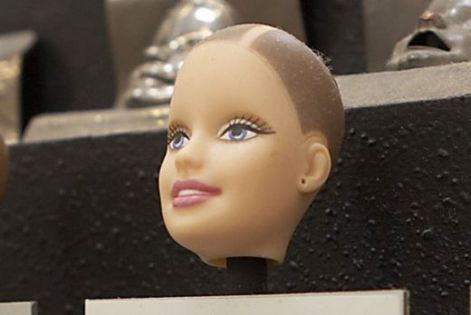
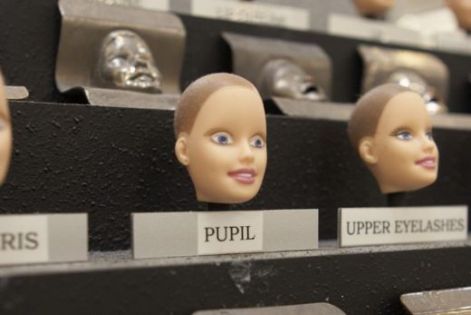

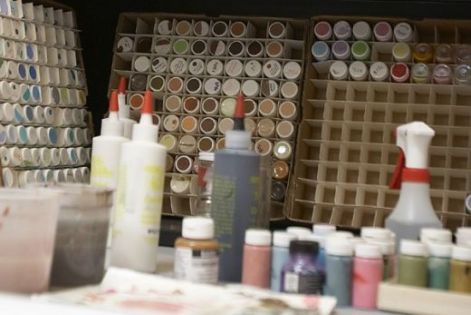
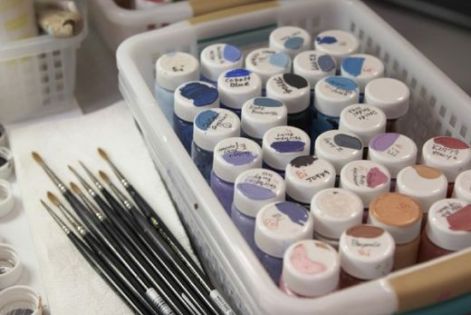
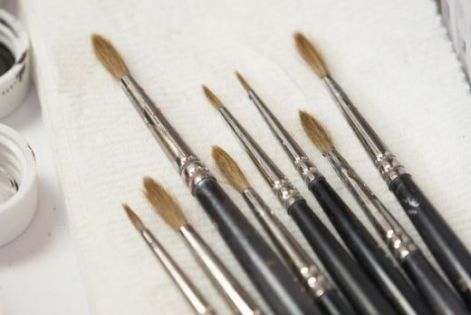
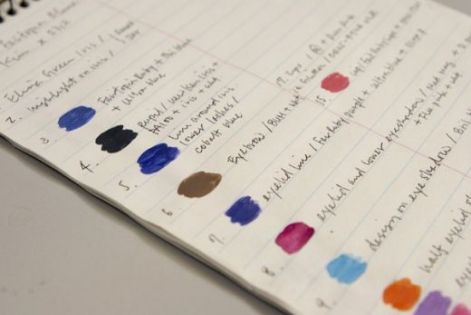
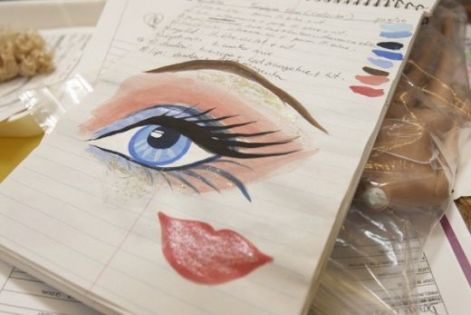
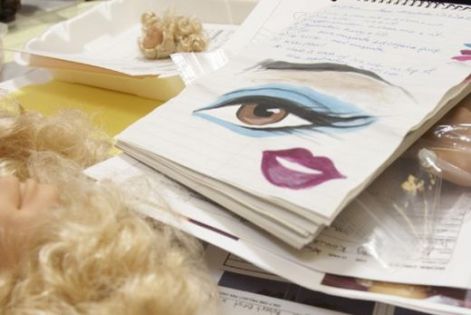
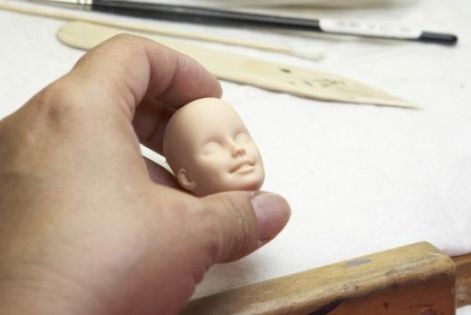
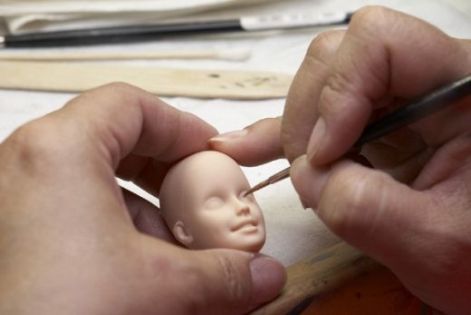
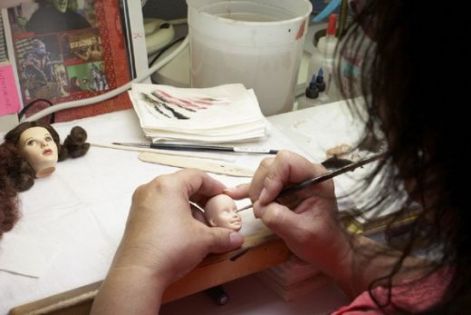
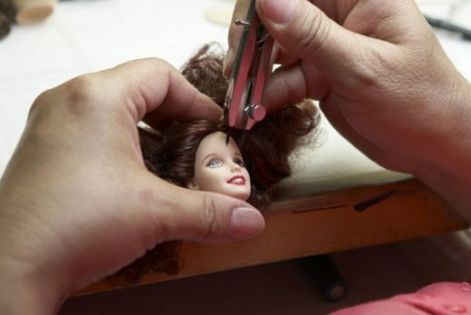
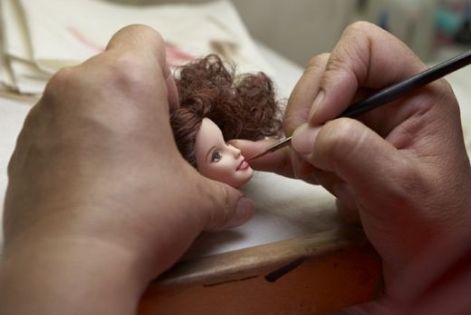

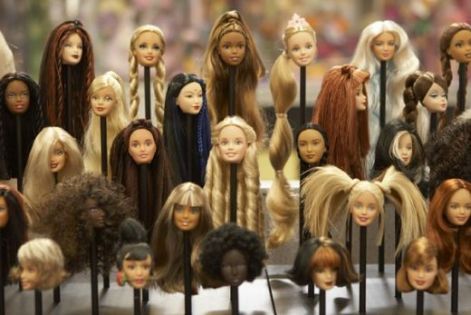
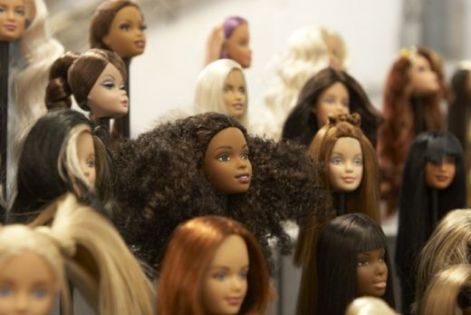
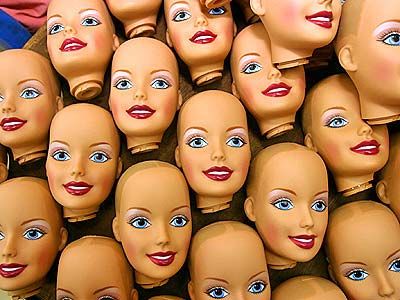
...
Principally all Barbie Dolls are marked on their back.
Onthe back of the head and inside the feet there are occasionally
more identifications. A complete list of all the markings for each
group of dolls would be much too long and therefore only the most
common identification feaatures are described below.
... ...
...
...
Year numbering:
...
The Year numbers within the markings do not refer to the individual
production-Year or sales date, but these indicate the Year in which a
particular mold had been introduced and patented.
A doll with the marking „1966“ can be brand new (e.g.in 2002),
because the same molds are being used for decades in some cases.
...
Countries of manufacturing:
...
The manufacturing of Barbie-dolls requires a great deal of handicraft skill.
To keep the production expenses down most doll are produced in so called
low cost countries. These are subject to changes during the past Years.
The indication of a country within the marking may give important hints about the dolls age.
...
Identification Guide:
...
This identification guide is intended to be used as a QUICK REFERENCE
guide only. It includes a sampling of the many Barbie and family dolls made
by Mattel before 1976. The close up head inspection enables to identify WHO your
doll is and approximately what year she was manufactured. In most cases,
the doll name, hair colors, eye color, original outfit and country of manufacture
are given. I did not include all of the markings available on each doll,
since the year on the back of the doll is the date of patent/copyright registration,
NOT the year of manufacture.
This is the most confusing issue to anyone trying to identify the year their doll was made.
The following is a list of countries in which dolls were typically manufactured for those years.
....
Barbie-dolls described with the wording: "Made in ..." had been sold in the following Years:
| ... | |||||
| Japan | 1959 - 1969 | ... | 1971 - 1977 | ... | |
| Mexiko | 1967 - 1970 | 1989 - 1990 | |||
| Taiwan | 1968 - 1987 | ||||
| Indonesia | 1969 | 1991 - 1995 | 1999 to present | ||
| Hong Kong | 1970 - 1971 | 1983 | 1985 | ||
| Korea | 1973 - 1976 | 1978 | |||
| Philippinen | 1975 - 1978 | 1980 - 1987 | |||
| U.S.A. | 1976 - 1978 only Supersize Barbies | ||||
| China | 1983 - 1995 | 1997 - 1998 | 2001 to present | ||
| Malaysia. | 1985 - 1994 | 1997 to present | |||
| ... |
Different country identifications may be found on some dolls that were manufactured in other than the above listed countries, produced under licence and distributed in these specific countries. This method applies if customs- or import regulations are impeding the sale of regular Barbies.
Thus some Barbies are declared as: "Made in ..." Japan, Mexiko, Taiwan, Hong Kong etc.
Body-Types and buildup:
...
The body construction and/or buildup may help to classify the Barbie dolls better.
Below here are a few hints fort hat purpose.
| Molded, protruding eyelashes | From Lilli-doll until 1966 Barbie’s, and also P.B. (Pretty Bunny Store) Japanese Barbie’s |
|
| ... | ||
| "real" rooted eyelashes | 1966 to 1972 and also Partytime-dolls 1978 and Bride-Barbie 1976 sas well as P.B. (Pretty Bunny Store) Barbie’s |
|
| ... | ||
| Articulating knee-joints | Introduced 1964 with the twinkling-eyes-Barbie | |
| ... | ||
| Rotating waist | From 1967 | |
| ... | ||
| Bent elbows | From 1976 | |
| ... | ||
| Fully articulated body (includes arm- and elbow joints) |
1970 and 1971 and also Riding- and Western-Barbie’s 1977 - 1981 |
|
| ... | ||
| Grasping (articulated) hands | Do-it-dolls (busy) and talking busy-dolls 1972, also Riding- and Western-Barbie’s 1977 - 1981 |
|
| ... | ||
| Pullring & cord in neck and speaker openings in back |
Talking Barbie and Friends 1968 - 1970 and new productions for the japanese market |
|
| ... | ||
| Pusbutton (switch) in back | Walking Jamie 1970 Kissing Barbie 1979 Twinkling Barbie 1981 Beauty Secret Barbie and Christie 1980, move their arms Mannequin Barbie 1986, moving arms |
|
| ... | ||
| Extendable control lever in back | Free Moving-Dolls 1975 | |
| ... | ||
| Internal mechanism for. (head turning and arms movement, when moving the legs) |
Walking Barbie, Steffie, Miss Amerca, Ken 1972 Growing Skipper and Ginger 1976 Fashion Photo Barbie, P.J. and Christie 1978 Ballerina Barbie and Christie 1976, 1979, 1983 Rock-Star-Dolls 1986 |
|
| ... |
The various forms of Barbie’s hands
... 
The shapes of Barbies Arms and Hands are different and have changed many times depending on the manufacturing country of the doll.
Except for the "Living"- and the "Busy- type" hand design, there were six more of them.
| ... | |
 |
Original Barbie-Hands (from 1959) All Barbie-dolls before1968 and some individuals up to1974 had this hand design. . Characteristics: The index finger of the right hand and the smallest finger on both hands are seperated, and the backs of both hands are looking forward. |
| ... | |
 |
Francie - hands (from 1966) . Characteristics: Her hands are smaller, but somewhat thicker, both her thumbs are pointing forward. |
| ... | |
 |
Mexican-hands (from 1968) . Characteristics: Slim full hands, without seperated fingers, the left hand is turned slightly more than the right one and they are made from soft vinyl. |
| ... | |
 |
Korean-hands (from 1969) . Characteristics: Only the small fingers of each hand are seperated. |
| ... | |
 |
Hard shiny Mexican-hand (from 1975) . Characteristics: Slim hands similar to the Mexican-hand, except that the left hand is turned even more outwards. Glossy hard-vinyl. |
| ... | |
 |
PTR-hand (from 1977) The PR-hands (palm-to-the-rear) design, appeared completely new. . Characteristics: Both handbacks are showing forward and they are made from glossy hard-vinyl. |
| ... |
. Original Barbie-hands .. Francie-hands
| .... | ............... | |||
| 1959 - 1968... | All Barbies | 1966 - 1969... | All Francies | |
| 1968 - 1970 | Stacey T'NT | 1968 | Casey and Twiggy | |
| 1968 - 1971 | Barbie Standard | 1970 | Francie T'NT, third Edition | |
| 1969 | Truly Scrumptious Standard | 1970 - 1971 | Francie Hair Happenin's | |
| 1969 - 1971 | Barbie T'NT | 1971 | Malibu Francie | |
| 1970 - 1971 | P.J. T'NT | 1971 | Francie T'NT, ohne Pony | |
| 1970 - 1971 | Walking Jamie | 1972 | German Francie | |
| 1970 | Francie Hair Happenin's, first Edition... | 1974 | Malibu Christie, second Edition | |
| 1971 | Barbie Hair Happenin's | 1975 - 1976 | Funtime Barbie | |
| 1971 | Barbie Malibu | 1975 | Hawaiian Barbie | |
| .... |
. Mexicans-hands Korean-hands
| .... | ............... | |||
| 1968 - 1972... | Talking Barbies | 1969 - 1970... | Julia T'NT | |
| 1968 - 1970 | Talking Stacey | 1970 | Christie T'NT | |
| 1968 - 1972 | Talking Christie | 1975 | Malibu Barbie | |
| 1969 - 1972 | Talking Julia | 1975 | Malibu P.J. | |
| 1969 - 1972 | Talking P.J. | 1975 | Malibu Christie | |
| 1969 | Talking Truly Scrumptious......................... | 1975 - 1976 | Gold Medal Barbie | |
| 1971 - 1972 | Barbie Hair Happenin's | 1975 | German Hawaiian Barbie............... | |
| 1971 - 1972 | Francie Hair Happenin's | 1975 | Funtime Barbie | |
| 1972 - 1973 | Walk Lively Barbie | 1974 | German Barbie | |
| 1972 - 1973 | Walk Lively Steffie | 1975 | German Barbie | |
| ... |
Materials Used To Make Barbie Dolls:
...
Almost all Barbie dolls are made of vinyl with a soft feel to it. However, a few collector Barbie dolls have been made of porcelain, and the collector Silkstone Barbie dolls are made of a hard vinyl with a porcelain feel. Hair on Barbie dolls is generally rooted synthetic fiber.
Honlapkészítés ingyen:
Ez a weblapszerkesztő alkalmas
ingyen weboldal,
ingyen honlap készítés...
Mai: 27
Tegnapi: 21
Heti: 27
Havi: 2 592
Össz.: 361 460
Látogatottság növelés
BARBIE BABA MONSTER HIGH LAP OLDAL GYÜJTŐKNEK !!! - © 2008 - 2025 - barbiebaba.hupont.hu
